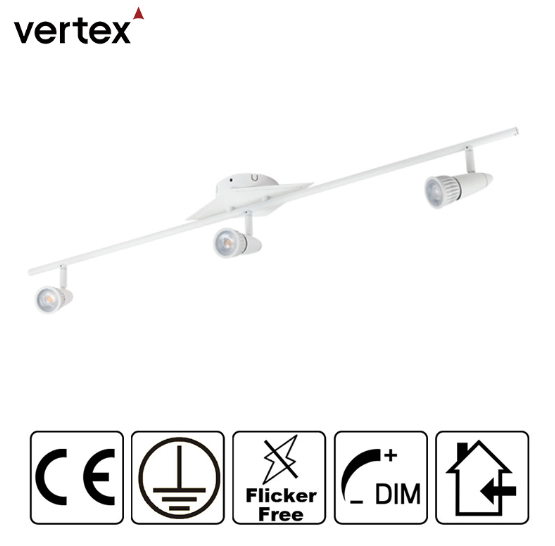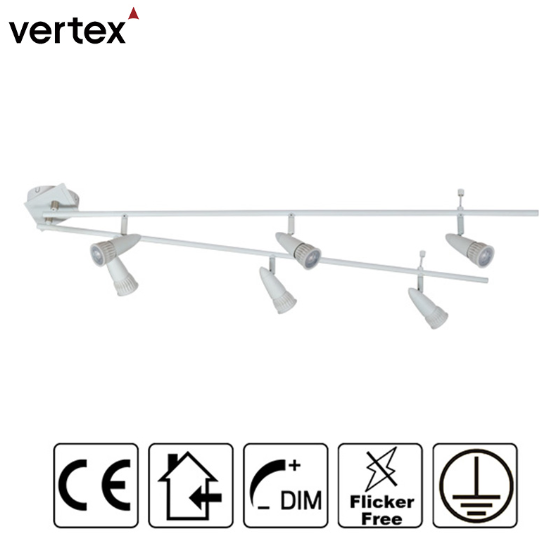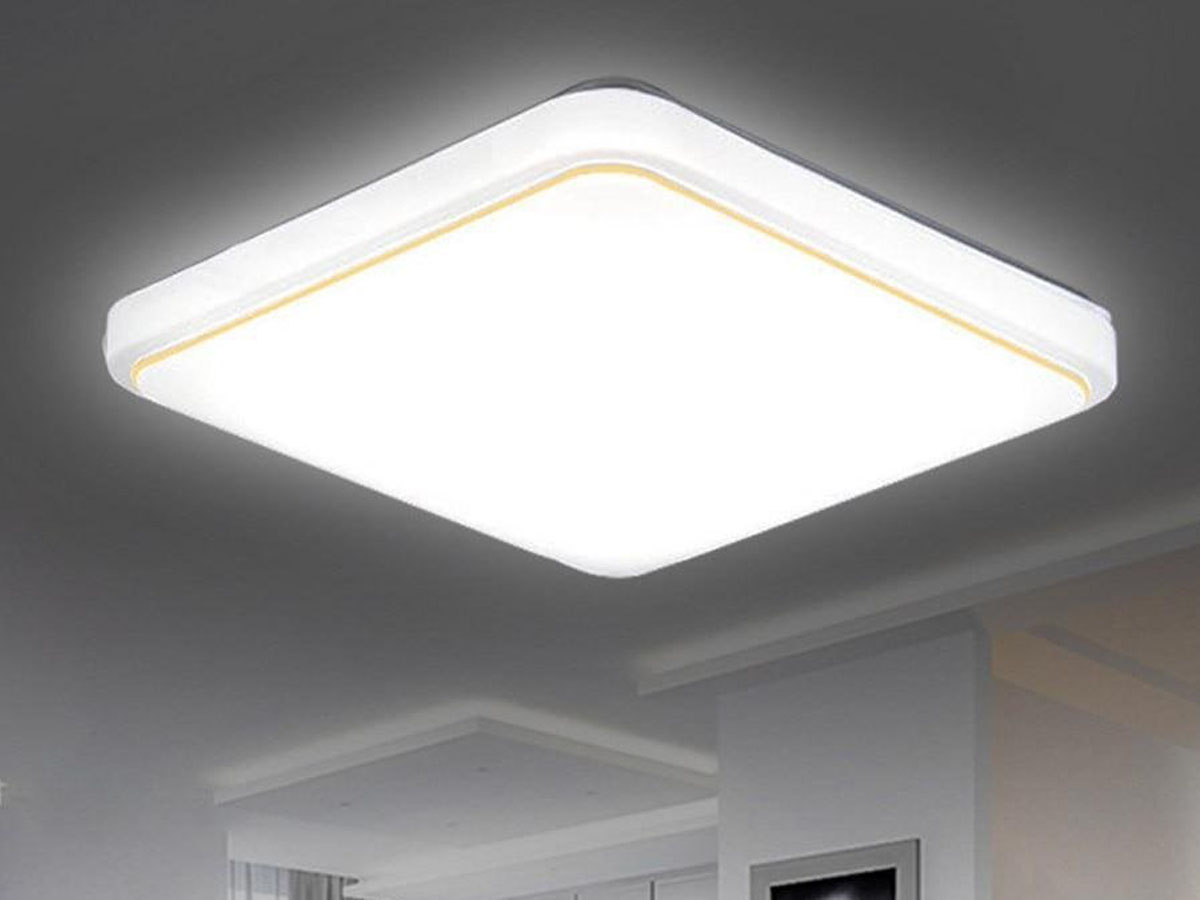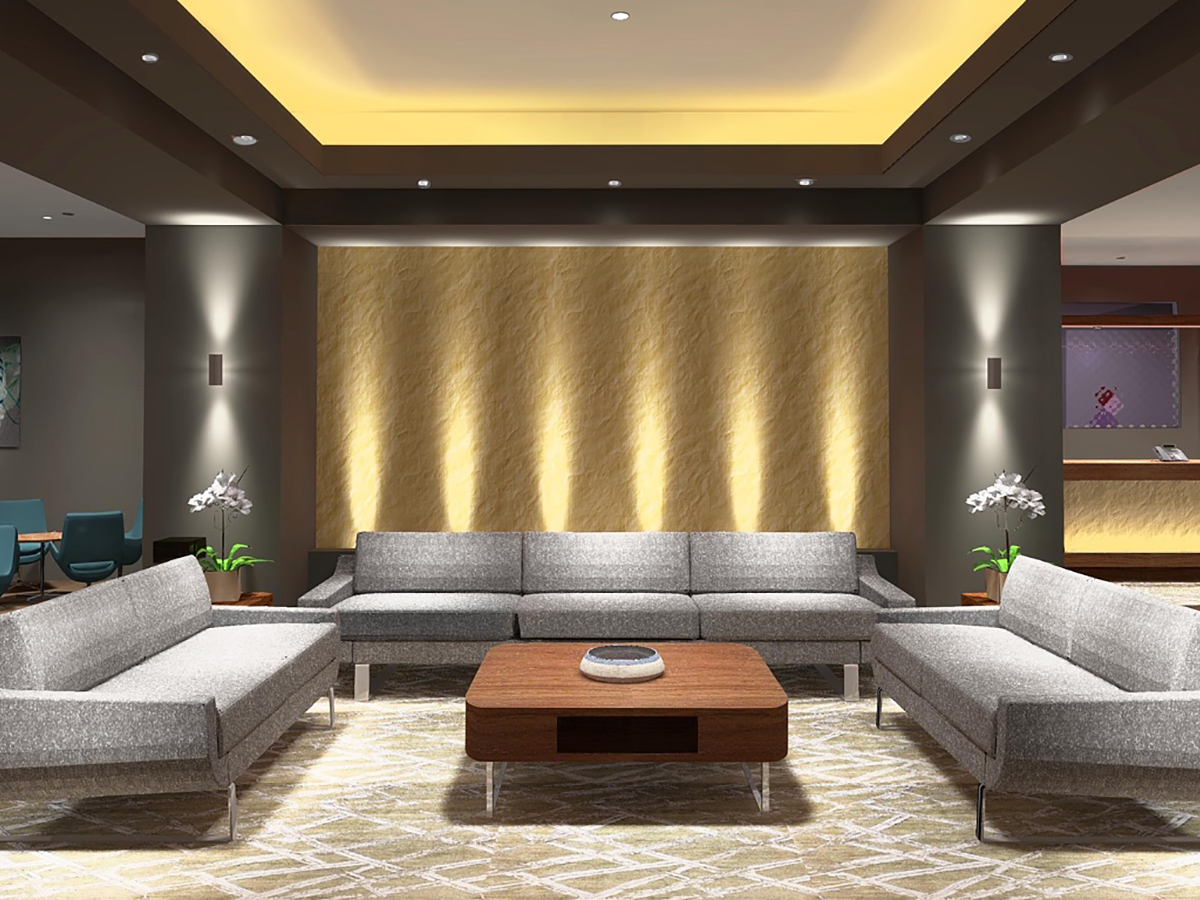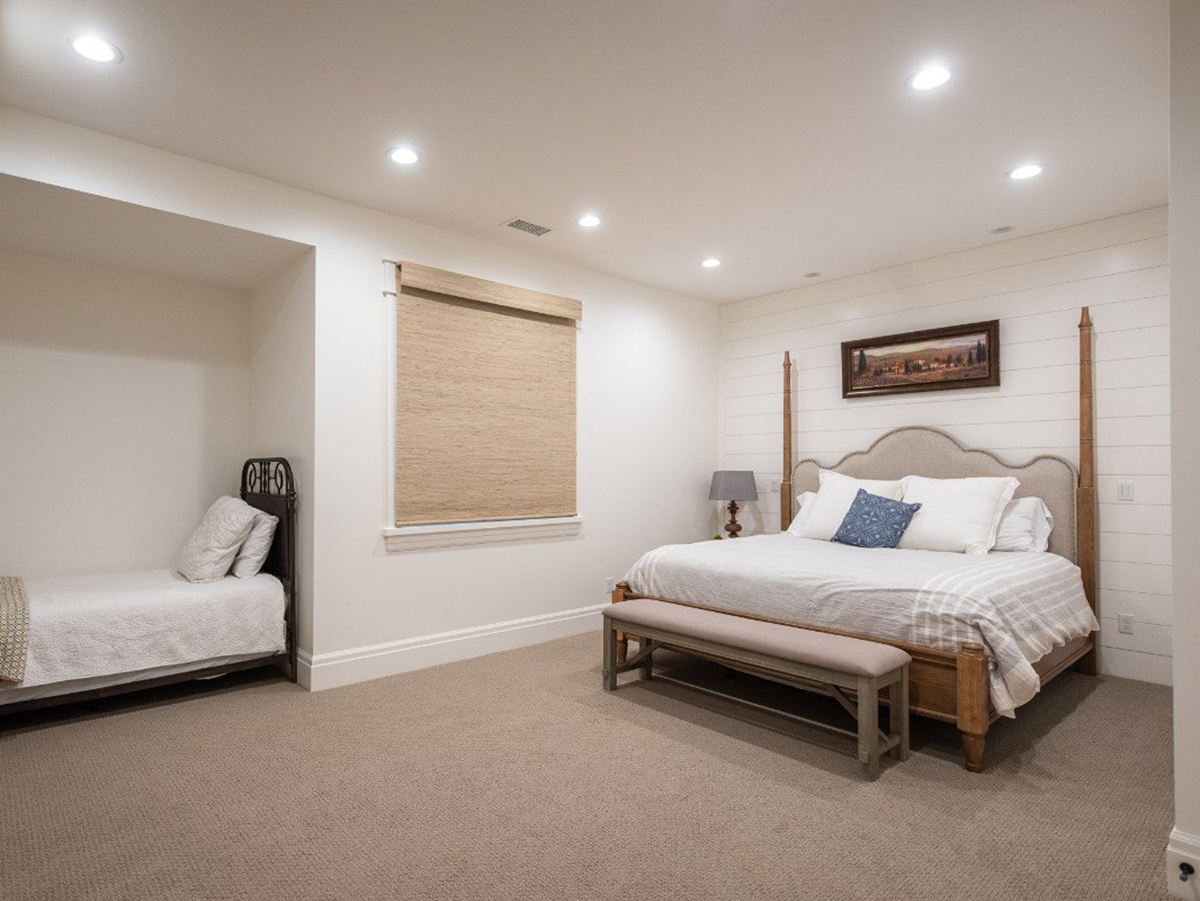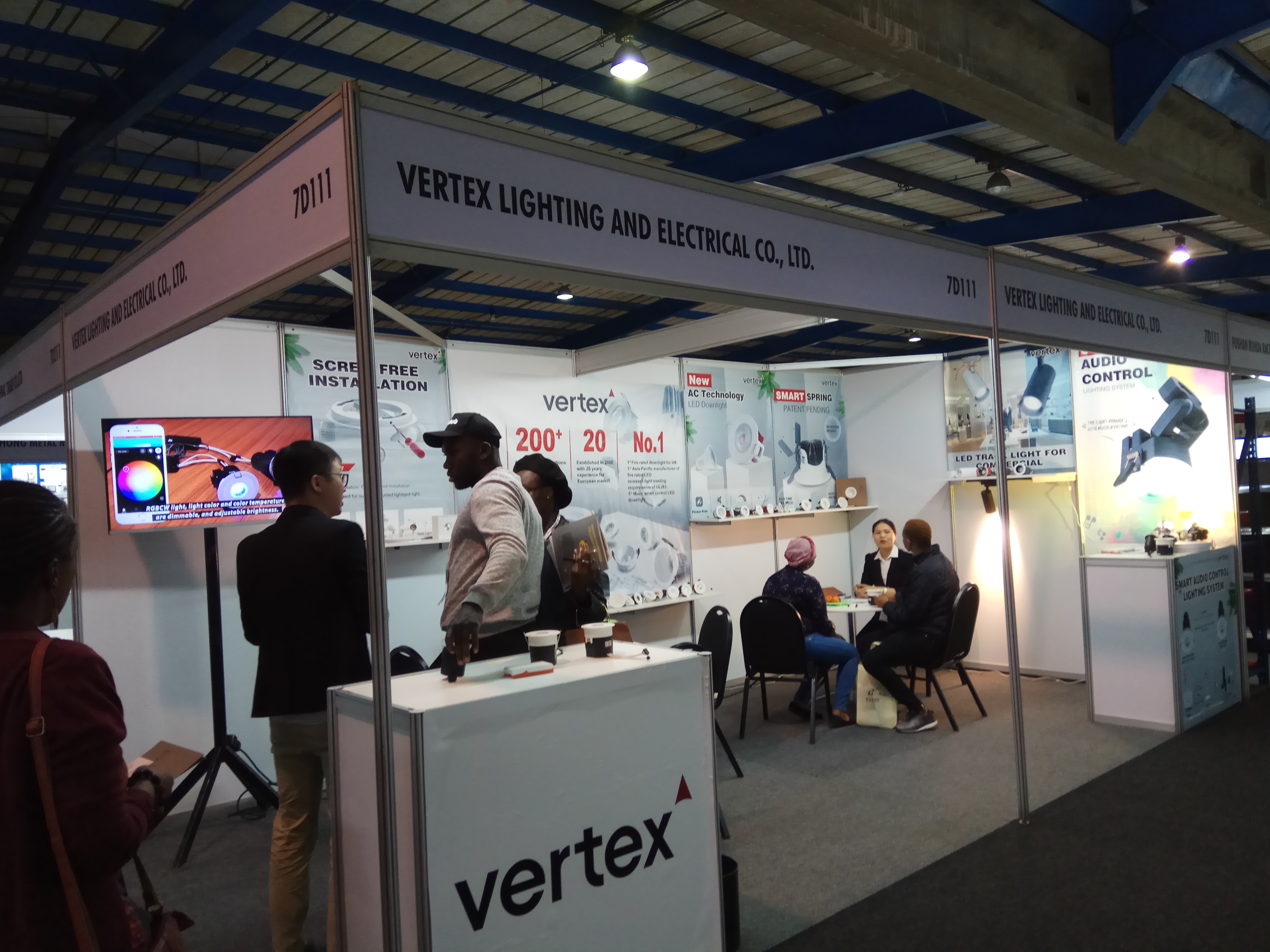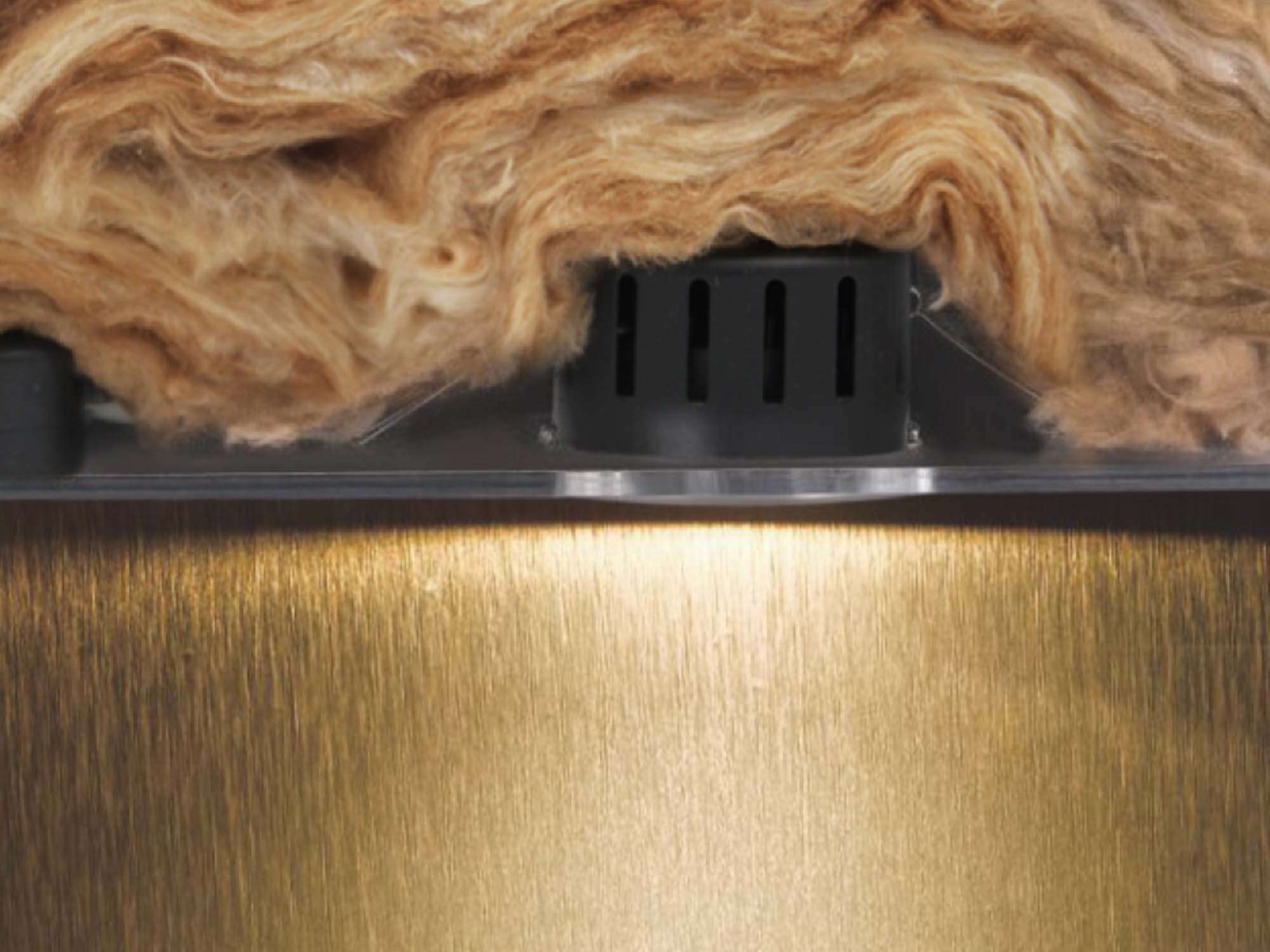When you are planning to purchase indoor downlight and indoor spot lights for your project, you may wonder what is enough light, how much light is enough for a space, and how to get the right lighting for a room. In this post, the author would solve all the problems with the lighting of indoor spot lights.
What is Lumens?
Lumens are a unit of measurement for the amount of light emitted by a light source, such as a light bulb or LED. In other words, lumens measure the brightness of a light source.
The higher the number of lumens, the brighter the light emitted by the source. For example, a standard 60-watt incandescent bulb typically emits around 800 lumens, while a 100-watt bulb emits around 1600 lumens.
Lumens are becoming the preferred way of measuring brightness in lighting, replacing watts, which are actually a measure of energy consumption. This is because different types of bulbs and LEDs can have the same wattage but emit different amounts of light. Lumens provide a more accurate representation of the brightness of a light source and help consumers choose the right bulb or LED for their needs.
The higher the number of lumens, the brighter the light emitted by the source. For example, a standard 60-watt incandescent bulb typically emits around 800 lumens, while a 100-watt bulb emits around 1600 lumens.
Lumens are becoming the preferred way of measuring brightness in lighting, replacing watts, which are actually a measure of energy consumption. This is because different types of bulbs and LEDs can have the same wattage but emit different amounts of light. Lumens provide a more accurate representation of the brightness of a light source and help consumers choose the right bulb or LED for their needs.
Is 1000 Lumens Bright for A Led Spotlight?
Generally speaking, the led spotlight with 1000 lumens is equivalent to the light output of a 45-60 watt incandescent bulb. Therefore, the spot led light with 1000 lumens is quite bright.
Are 1500 Lumens too Bright for A Home Spotlight?
The spot led light with 1500 lumens is equivalent to the light output of an about 150-watt incandescent bulb. And, this brightness is equivalent to the brightness of 1500 candles. This lumen degree is a good option in the led spot downlight. And, this lighting level is not good in the table lamps.
Are 2000 Lumens Too Bright A Home Spotlight?
Generally, 2000 lumens is a fairly bright level of illumination, and it may be too bright for some indoor areas like bedrooms or living rooms. However, it could be appropriate for outdoor areas, garages, or workshops where bright light is needed for tasks.
Are 8000 Lumens Too Bright A Home Spotlight?
Whether 8000 lumens is too bright for a home spotlight depends on the intended use and personal preference.
If you're using the spotlight for outdoor security purposes, the outdoor ceiling lights with 8000 lumens may be appropriate to ensure maximum visibility and deterrence. However, for indoor use or general lighting purposes, 8000 lumens may be too bright and create discomfort or glare.
Additionally, personal preference plays a role in determining the appropriate brightness level. Some people may prefer a brighter spotlight for certain tasks or activities, while others may find it too overwhelming.
It's recommended to consider the intended use and personal preference before choosing a spotlight with a particular brightness level.
If you're using the spotlight for outdoor security purposes, the outdoor ceiling lights with 8000 lumens may be appropriate to ensure maximum visibility and deterrence. However, for indoor use or general lighting purposes, 8000 lumens may be too bright and create discomfort or glare.
Additionally, personal preference plays a role in determining the appropriate brightness level. Some people may prefer a brighter spotlight for certain tasks or activities, while others may find it too overwhelming.
It's recommended to consider the intended use and personal preference before choosing a spotlight with a particular brightness level.
How Many Lumens Is Good for Eyes?
There is no specific number of lumens that is universally considered "good" for the eyes. The appropriate level of brightness depends on a variety of factors, including the task at hand, the environment, and personal preference.
For general indoor lighting, a range of 400 to 1000 lumens is usually sufficient and comfortable for most people. However, for tasks that require more detailed work or visual acuity, such as reading or crafting, higher levels of brightness may be necessary to prevent eye strain and fatigue.
It's also important to consider the color temperature of the indoor spot lights, as warmer tones may be more comfortable for prolonged use than cooler, bluer tones.
Ultimately, the best level of brightness for the eyes is subjective and may vary from person to person. It's recommended to experiment with different levels of brightness and lighting conditions to determine what works best for you.
For general indoor lighting, a range of 400 to 1000 lumens is usually sufficient and comfortable for most people. However, for tasks that require more detailed work or visual acuity, such as reading or crafting, higher levels of brightness may be necessary to prevent eye strain and fatigue.
It's also important to consider the color temperature of the indoor spot lights, as warmer tones may be more comfortable for prolonged use than cooler, bluer tones.
Ultimately, the best level of brightness for the eyes is subjective and may vary from person to person. It's recommended to experiment with different levels of brightness and lighting conditions to determine what works best for you.
How Many Lumens Needed for A Space?
To determine the amount of the lumens your house need, you need to follow these steps to calculate the total lumens needed.
●Meaure the Room Size by Square Footage
The room size mostly determine the lumens needed. You need to multiply the length and the width of the room to get the room square footage. For an example, if your kitchen is 20 feet long and 30 feet wide, the room square footage will be the 600 feet.
●Determine the Functions of the Room
Generally speaking, a house can be dvided into many rooms. Then each of room has different lighting requirements. For an example, the functional rooms such as bathroom, living room, kitchen require more lumens.
●Determined the desired level of illumination in lumens per square foot.
This will depend on the purpose of the space and personal preference. For general lighting, a range of 10 to 20 lumens per square foot is typical. For tasks that require more focused lighting, such as reading or cooking, 30 to 50 lumens per square foot may be necessary.
●Multiply the area of the space by the desired level of illumination in lumens per square foot.
For example, if you want to light a 120-square-foot room with general lighting at 15 lumens per square foot, you would need a total of 1,800 lumens (120 x 15 = 1,800).
Conclusion
All in all, the needed lighting degree is mostly determined by the size and the function of the room, and your preference for indoor led downlights. If you want to know whether the lighting is sufficient, you can obverse the room and the objects. Insufficient lighting would cause hot spots, dark spots, and unintentional shadows in the objects.
If you want to get a perfect lighting solution for your project, you can consult Vertex. With rich experience in researching indoor ceiling lights and outdoor ceiling lights, Vertex is capable design good lighting solutions for our clients.
If you want to get a perfect lighting solution for your project, you can consult Vertex. With rich experience in researching indoor ceiling lights and outdoor ceiling lights, Vertex is capable design good lighting solutions for our clients.
